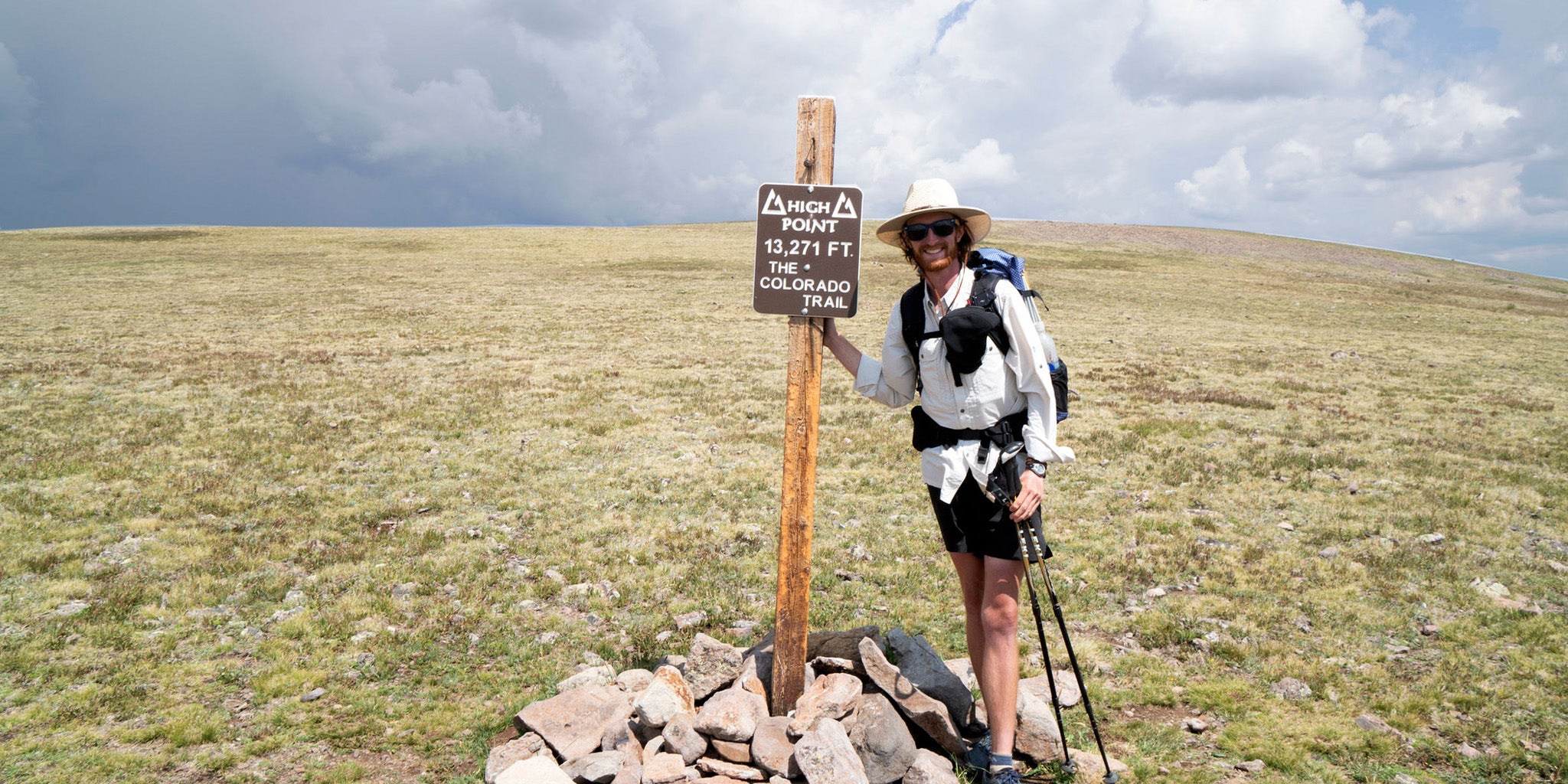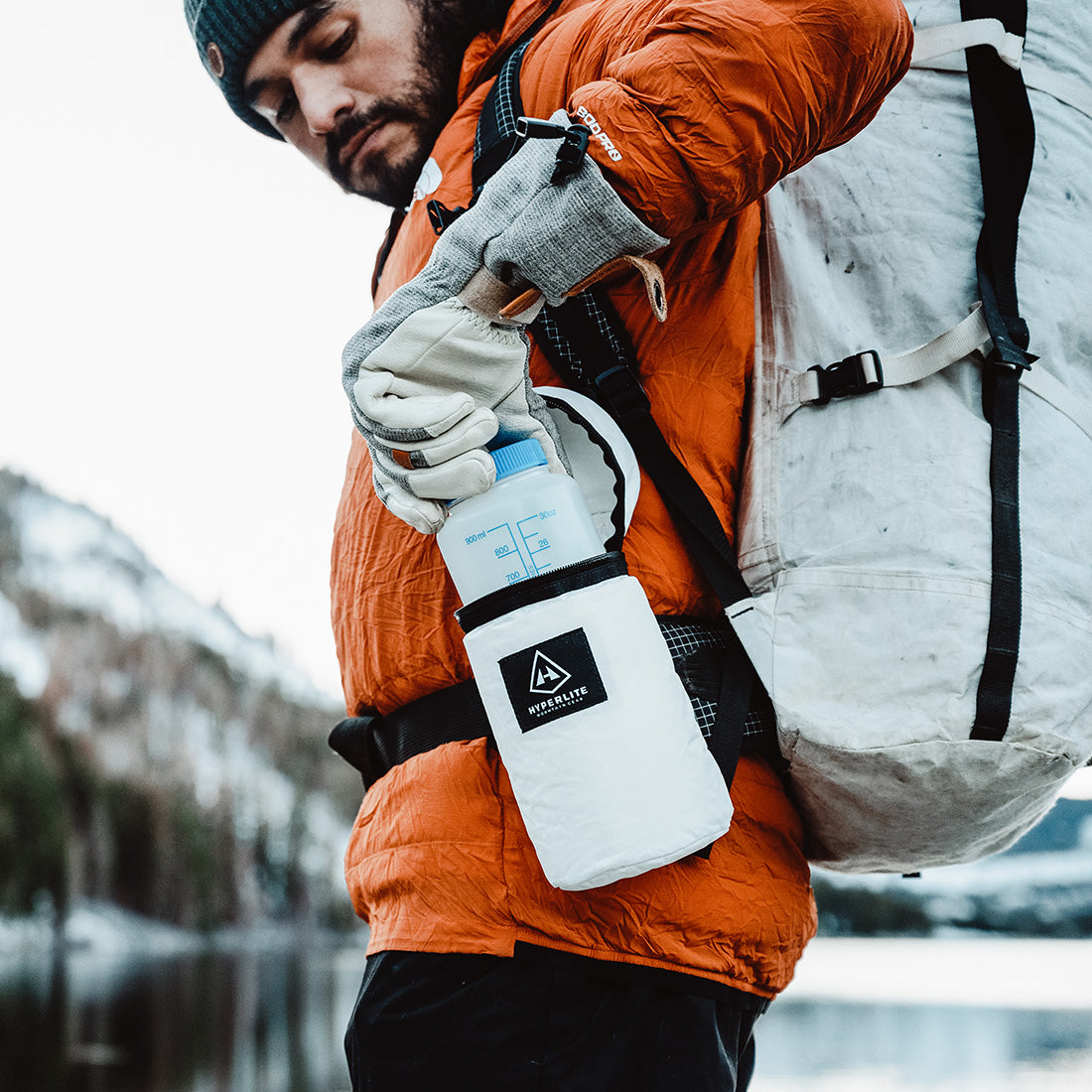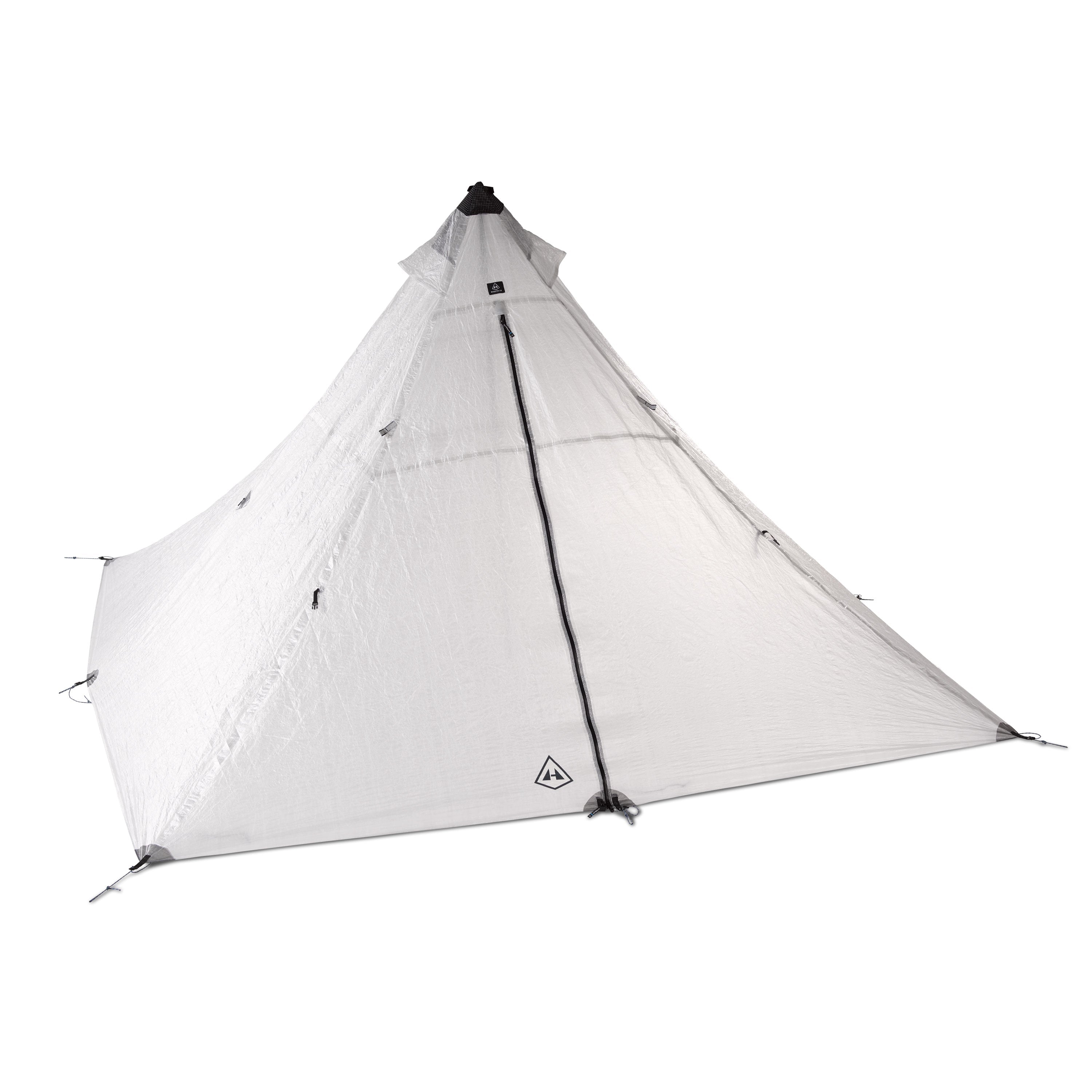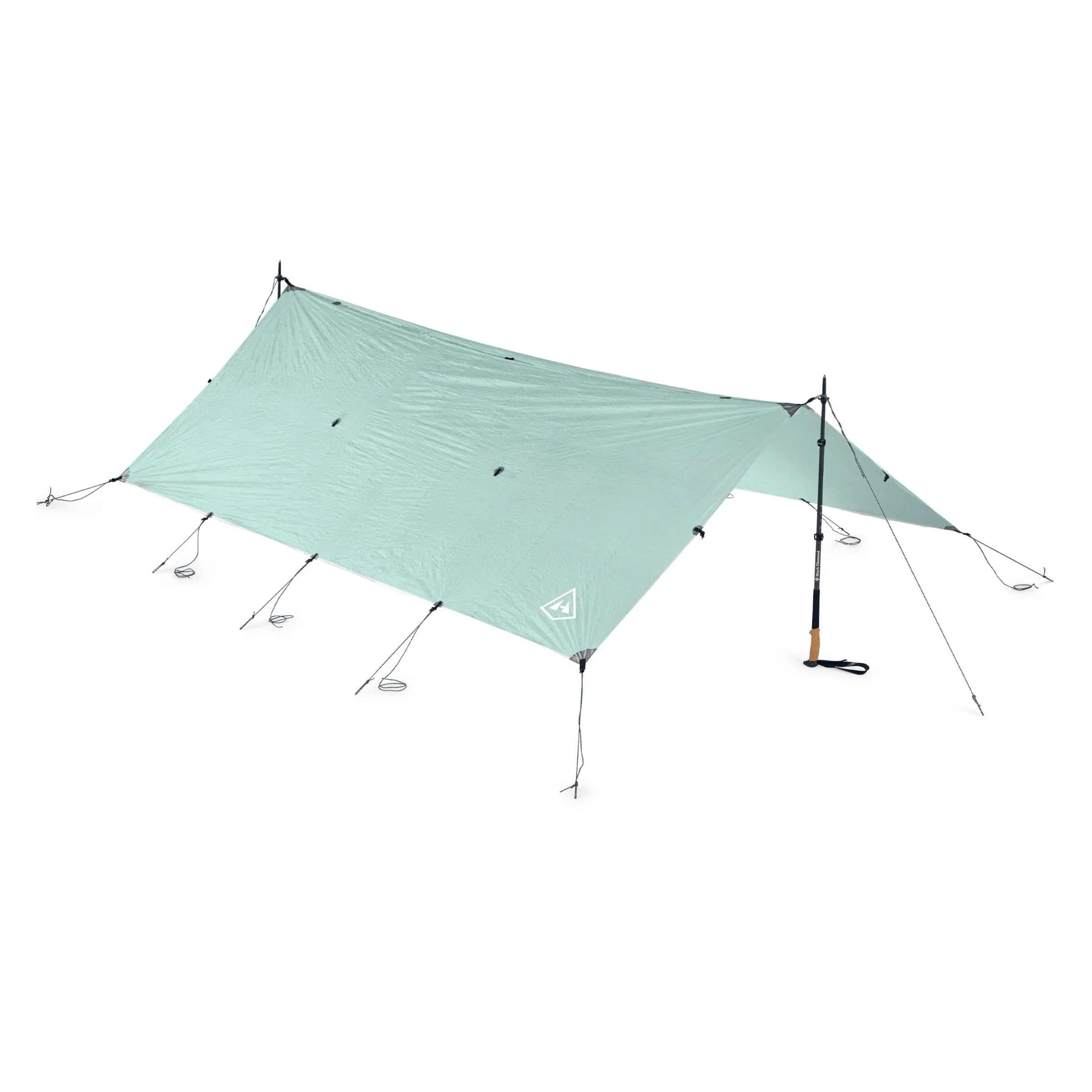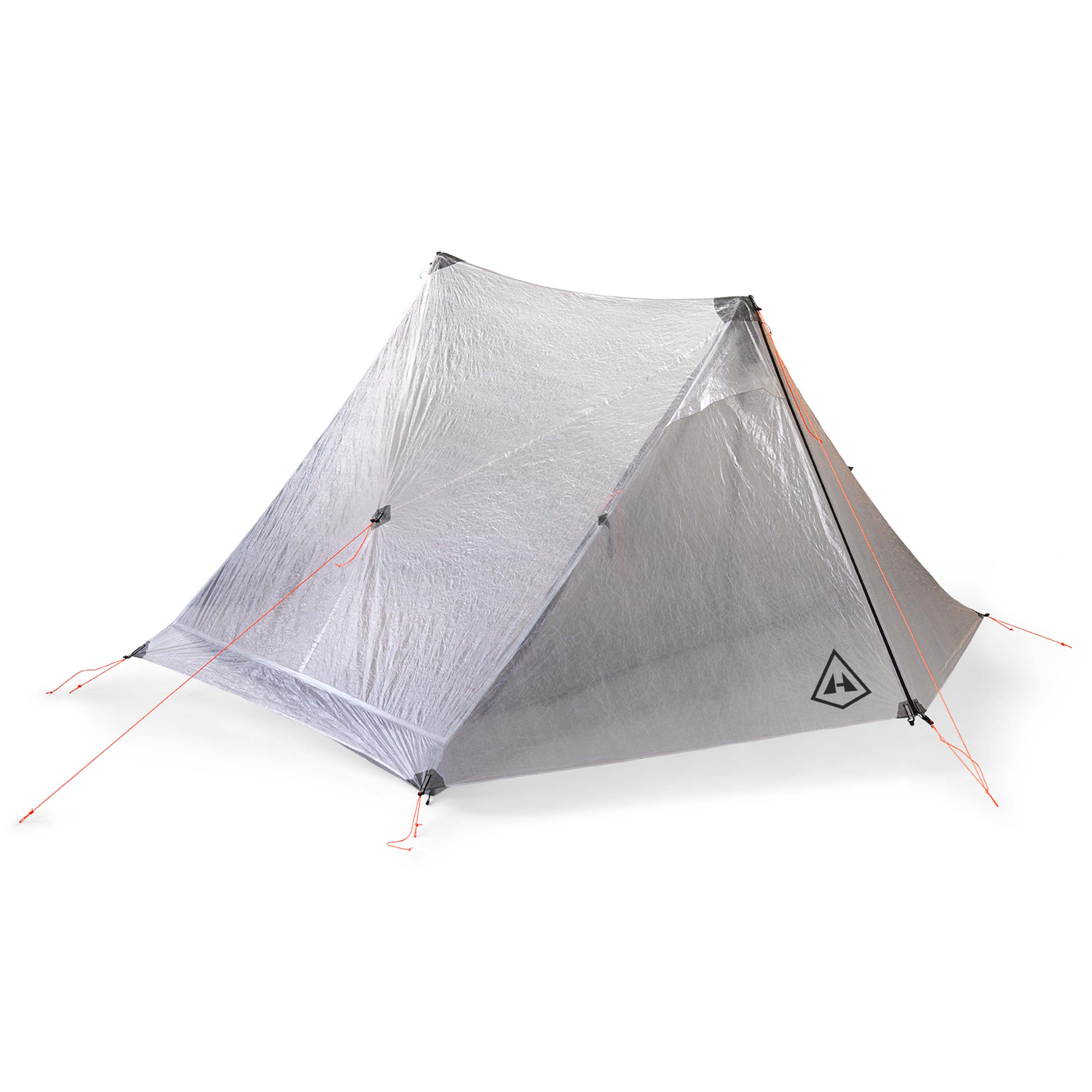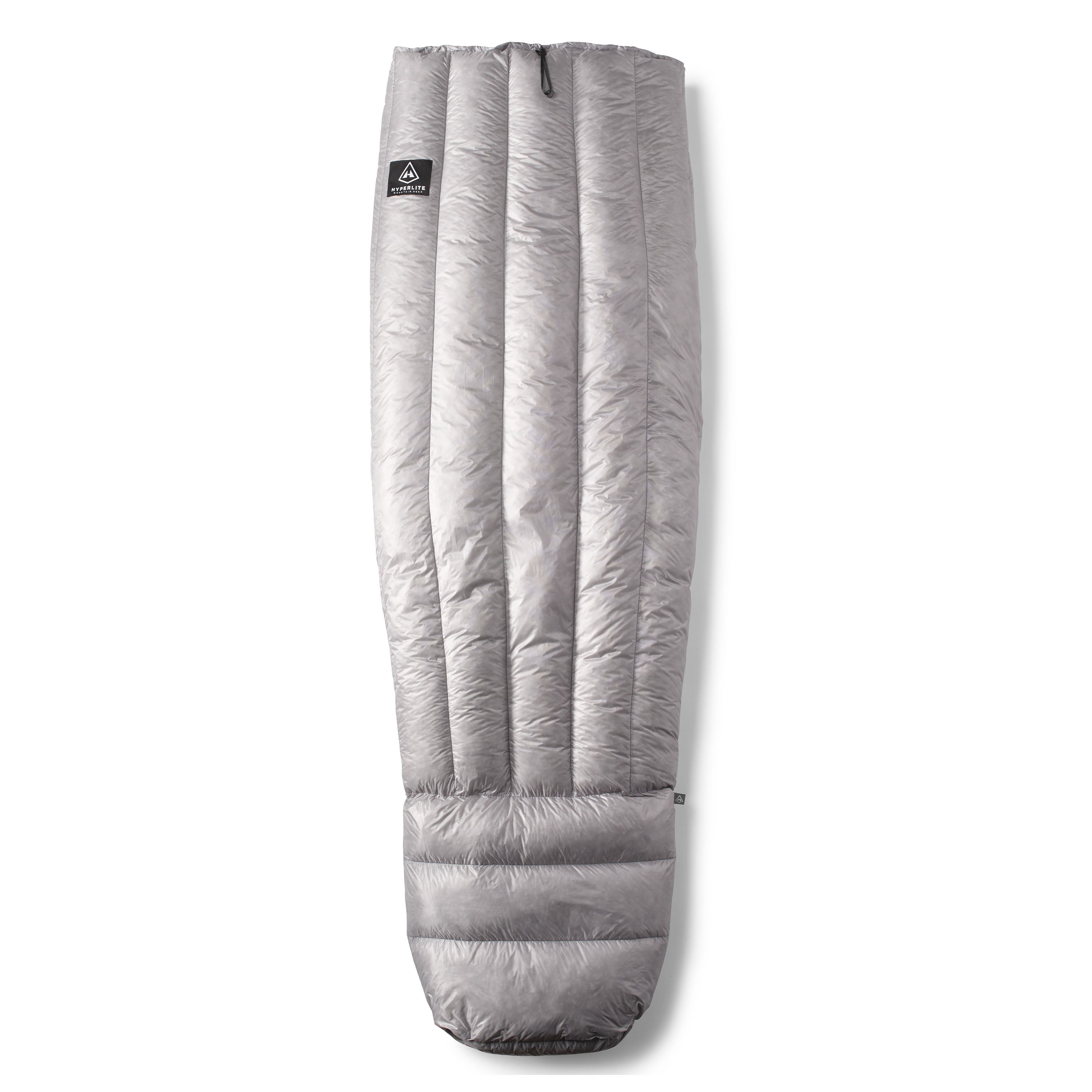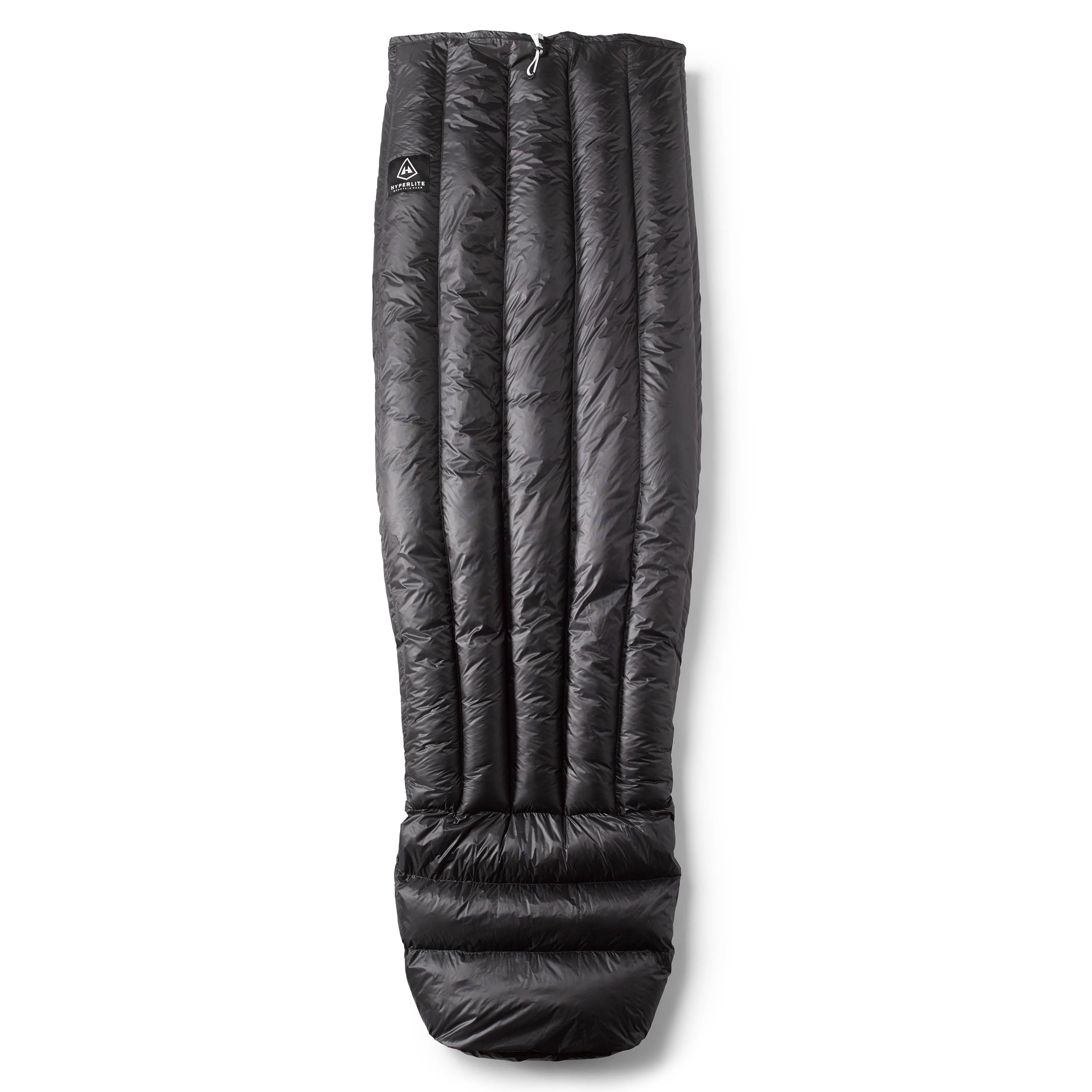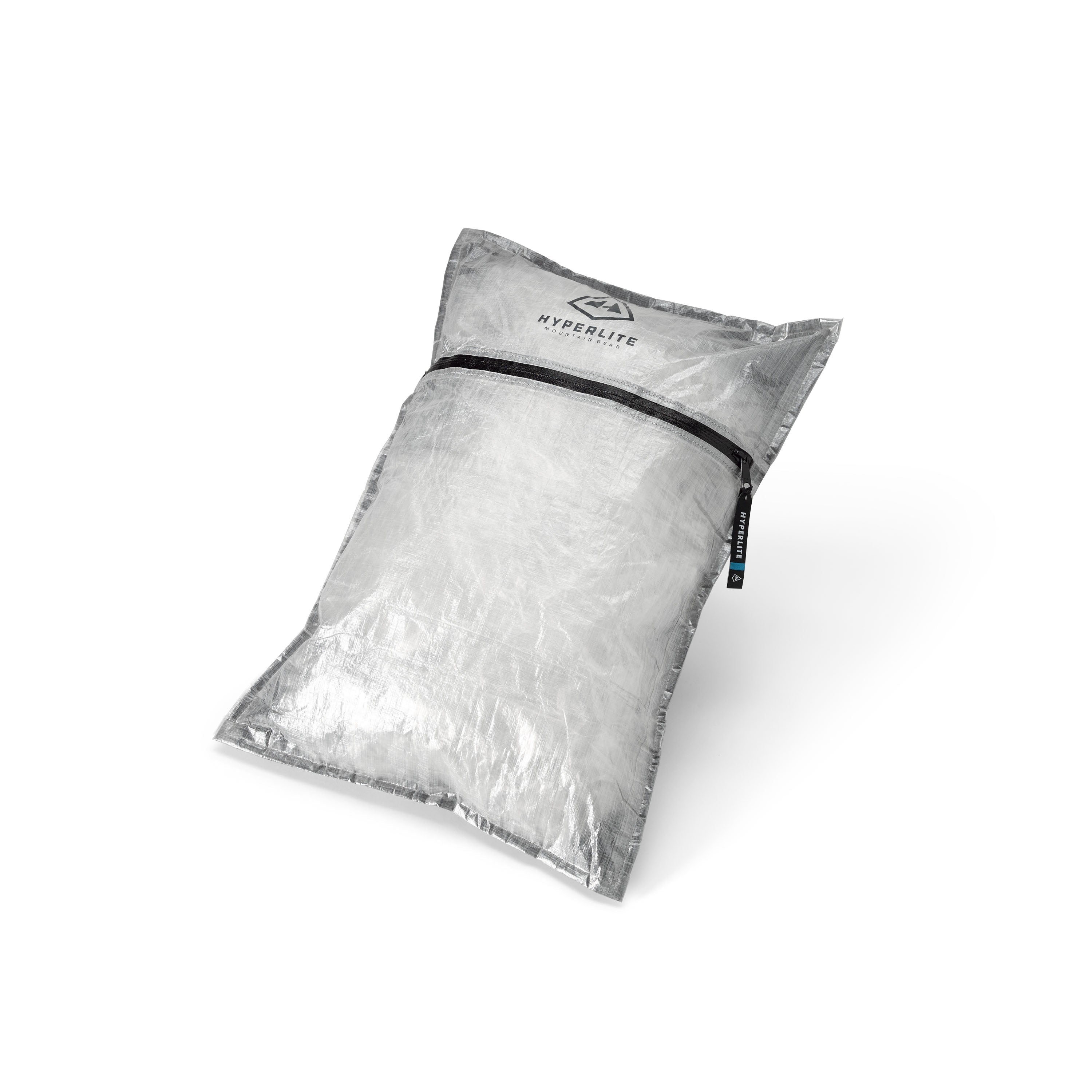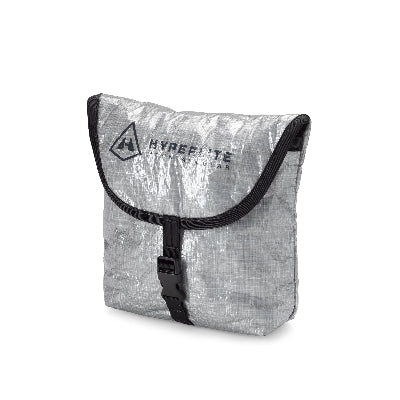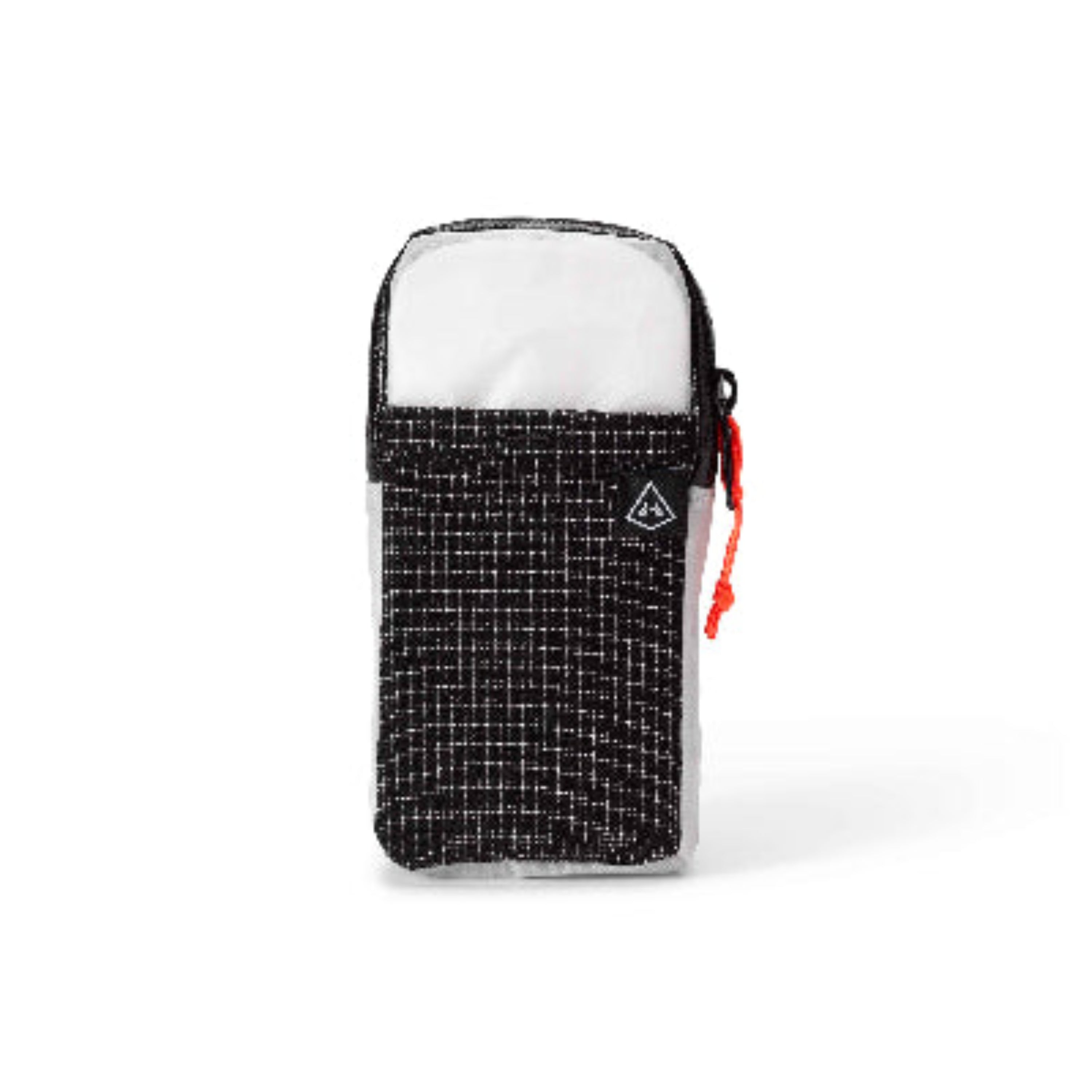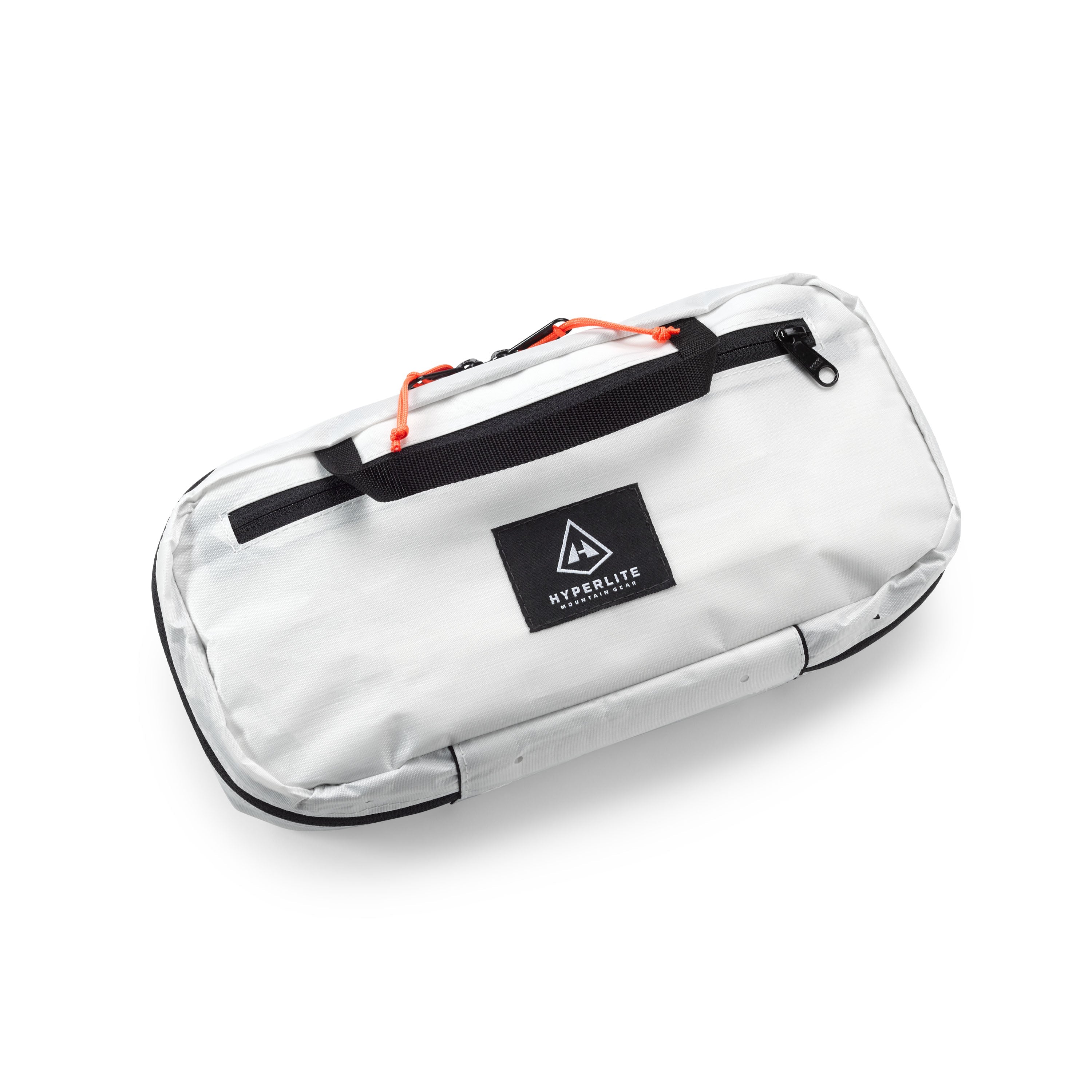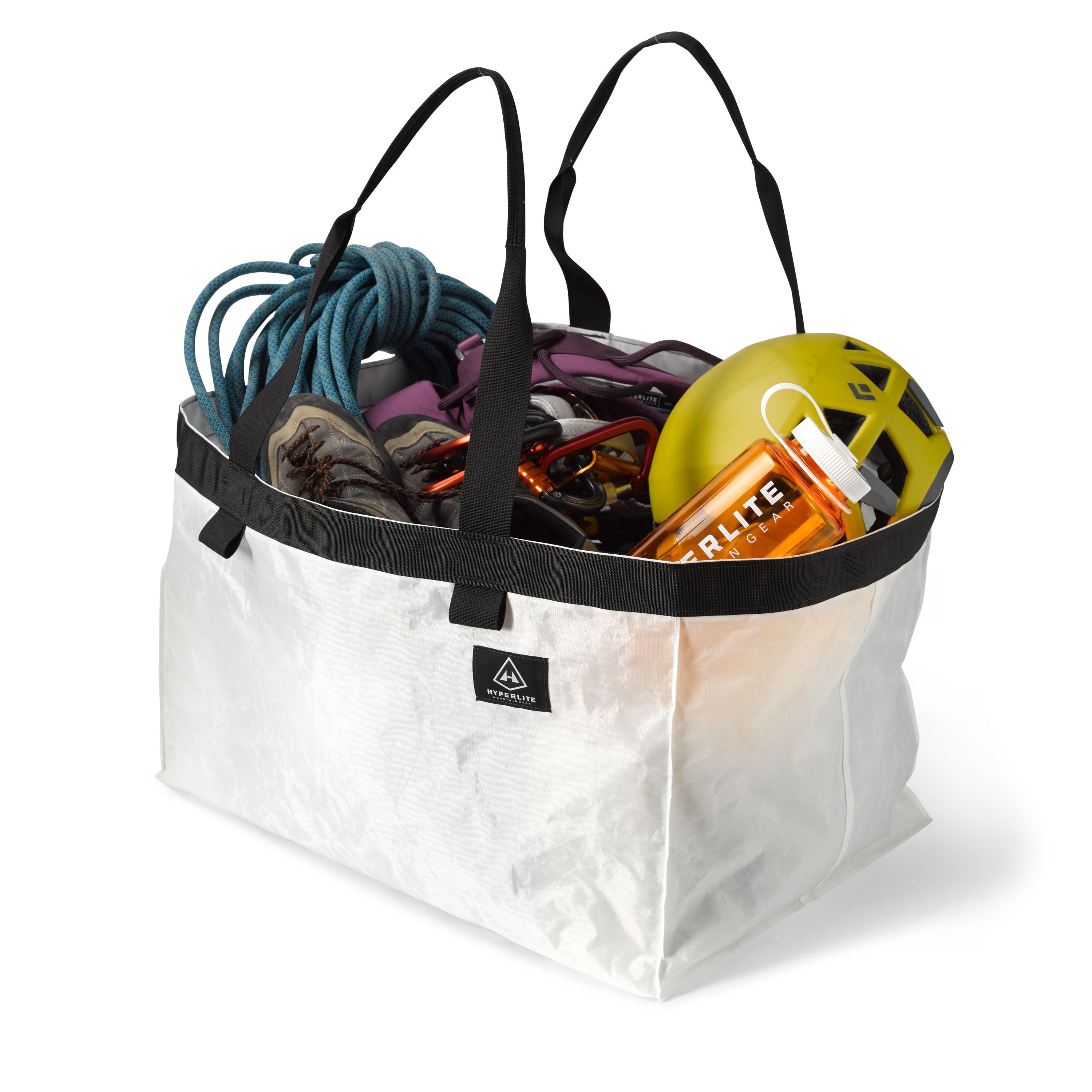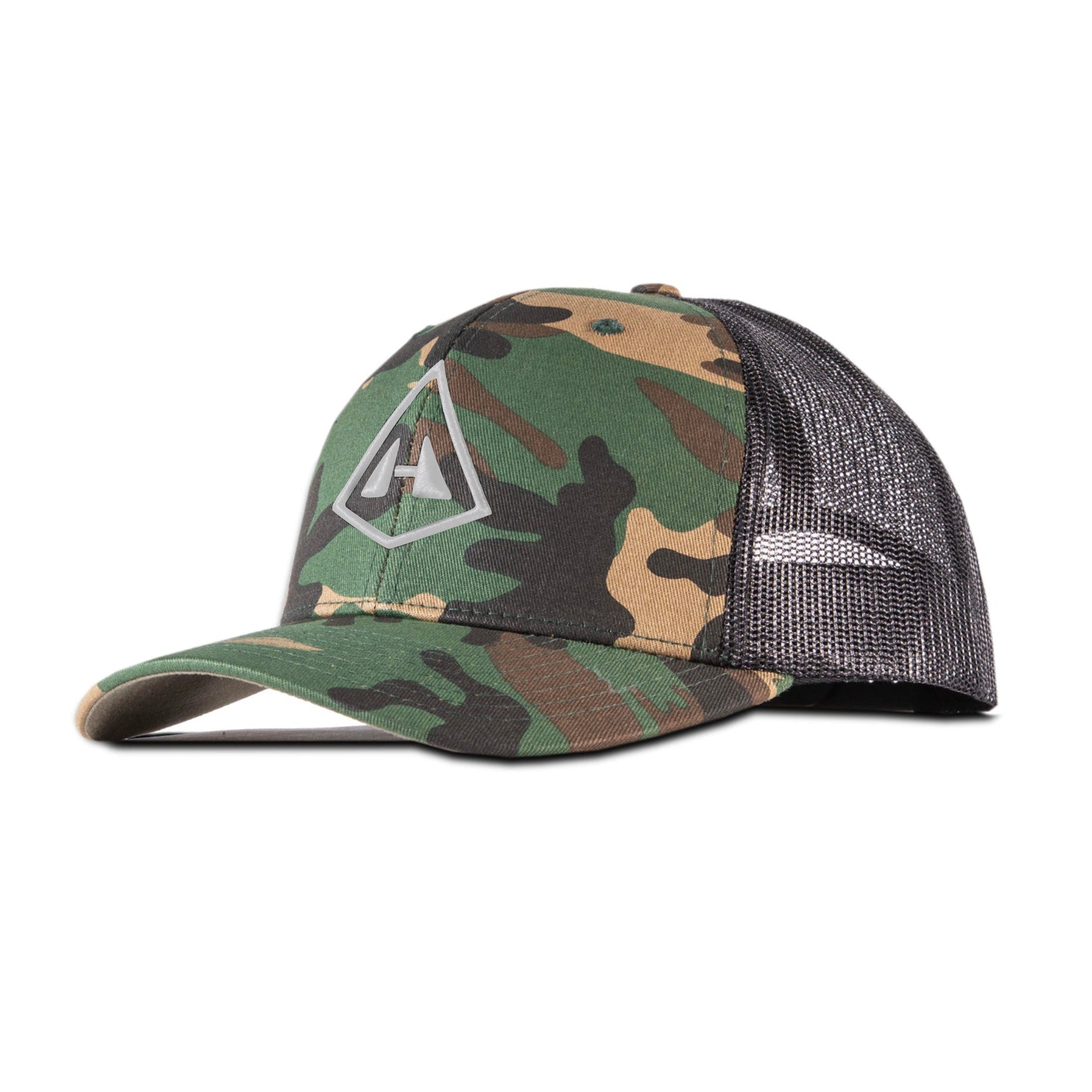Words and Photos by Michael DeYoung

On a cold, wet day in early November, my adventure photography crew descended Orderville Canyon in Zion National Park from the top down, a 12-mile slog and 3000' descent involving advanced scrambling or rope work depending on water levels. Orderville dumps into the Virgin River in the famous and loved-to-death Zion Narrows, where summer crowds can sometimes rival Manhattan in population density. Sitting exhausted at Oscar's, a favorite local eatery in Springdale, for a well-deserved brew and burger, our server thought we were foolish for hiking in a narrow canyon in an all-day rain. That early November day saw colder than normal temps, and it did indeed precipitate all day. However, it was mostly snow turning to rain as we descended. Our biggest weather concern that day was hypothermia and not flash floods. The headwaters of the drainage remained below freezing, with all snow pretty much eliminating any threat of flash flooding.

What is a Desert? There's more to the story than a lack of rain! Not all deserts are hot and full of sand and cacti. Technically, a desert is any area that receives less than 10" in annual precipitation. Like mountain weather, desert weather and climate are largely a function of latitude and altitude. There are high deserts and low deserts, low latitude and high latitude deserts. Much of the arctic is desert. Barter Island on the extreme northeast Alaska coast receives a scant 6" of annual precipitation–3" less than Phantom Ranch at the bottom of the Grand Canyon. April is one of the driest months of the year in both locations.
However, the average high and low temperature for April at Barter Island is -9F/7F, respectively- not pleasant hiking weather compared to April norms at Phantom Ranch of 82F/54F. Those who adventure to our Arctic deserts, such as the north slopes of the Brooks Range in the Arctic National Wildlife Refuge, can commonly encounter days on end of drizzle, fog, snow, and hypothermic misery during any summer month. It can drizzle on the Arctic Coast for three days and only total .25" of rain, whereas in the Sonoran Desert of Arizona during summer monsoon season, .25" of rain can fall in 15 minutes and not rain again until the next day. DESERT WEATHER PATTERNS OF THE AMERICAN SOUTHWEST
DESERT WEATHER PATTERNS OF THE AMERICAN SOUTHWEST
Surface Thermal High Pressure: Contiguous U.S. deserts can be cold-very cold, like, cold enough to kill you! High elevation desert areas that average around 6000' in elevation, like the Great Basin and the Colorado Plateau of the Four-Corners, are source regions for thermal high pressure in the winter.
In meteorology, thermal means temperature-induced, not "warm." Long nights, light winds aloft, and low humidity promote strong radiational cooling, which creates persistent high pressure at the surface and strong temperature inversions that can persist for weeks. Cold air is heavier than warm air and exerts higher pressure, thus creating this thermal high at the surface. Snow cover only amplifies inversions and trapped cold air, strengthening the thermal high. Even as far south as northern Arizona and New Mexico, high desert valleys and plateaus (such as the Grand Canyon rim) can see frigid winter air, and -20's and -30's are not uncommon. Pacific high pressure that moves into the Great Basin can reinforce this thermal high. Airmass stagnation, sub-freezing temperatures that last all day, low clouds, fog, smoke, pollution, and haze in places like Boise and Salt Lake City are all characteristics of this type of thermal high. Great Basin high pressure is a prime factor for the formation of Santa Ana winds in southern California.
Surface Thermal Low Pressure: High angle sun and intense heat create a widespread thermal low pressure at the surface in the lower elevation and latitude deserts such as the Mojave, Sonoran, Chihuahuan, and even the Great Basin during the warmer months. Like the Great Basin thermal high in the winter, the Sonoran and Chihuahuan Deserts of northern Mexico and the Southwest U.S. are vast enough to create their own airmass source region called Continental Tropical air. Continental tropical air is hot, dry, and unstable. This thermal low at the surface sits underneath a very strong subtropical ridge of high pressure aloft. This airmass is sometimes large enough to expand north and create crushing heatwaves in the Pacific Northwest. Even though continental tropical air is unstable, cumulus cloud development and thunderstorm development are often shunted due to a lack of sufficient moisture, that is, until the prevailing winds change.
Then it's a different story. Tropical moisture from the Gulf of Mexico and Pacific is a prime ingredient for monsoonal thunderstorms. This pattern usually forms first in northern Mexico, mainly in the Sierra Madre Occidental region. This build-up of tropical moisture eventually migrates northward into the Southwest and sometimes even into the Northwest.
Upper-Level Lows: This is a prevalent weather pattern in winter and spring that results in high elevation snows and low elevation rains. Upper-level lows are associated with cold air aloft. They often form in deep sharp upper-level troughs of low pressure that dig southward along the west coast and often form off southern California. These lows then get cut off from the polar jet stream, leaving them to drift and move slowly. Their slow movement and decay, now cut off from the main flow, can drift across the Southwest and pump up copious amounts of moisture. These cut-off upper level lows often result in significant winter and spring precipitation events.
Upper-Level Highs: All across the globe, especially over the oceans centered around 30 degrees latitude in both hemispheres, large scale and semi-permanent upper-level ridges of high pressure exist. These high-pressure ridges suppress upward vertical motion and clouds deep enough to cause precipitation. Most of the world's deserts are under the influence of this high pressure. Upper-level high pressure is characterized by warm, dry air aloft. They deflect major storm systems around them, but as mentioned above, they are semi-permanent, occasionally breaking down, succumbing to a storm system only to rebound after it passes. The mean position of the subtropical ridge varies with the seasons migrating northward in summer. It is the dominant upper-level pressure system year-round across the desert Southwest and the southern tier of the U.S. in summer. This pressure system is responsible for the heat waves we see during the warm months. In the Southwest, underneath this upper-level high is low thermal pressure on the surface. A little bit of moisture introduced under this ridge combined with intense summer heating can create airmass thunderstorms. These thunderstorms have very little steering flow and can form day after day, affecting the same area with recycled moisture until some mechanism moves the dynamics elsewhere. Intense summer heating and the near-permanent presence of this upper-level high sets the stage for monsoon storms over our deserts which I'll get into more below. When a high-pressure circulation aloft moves east of the Southwest, the return southerly flow really gets the monsoonal storms going. One final note: This same upper-level ridge over the same area can create clear skies and even inversion trapped cold valley air during the winter season.
NAMS: North American Monsoon System: Many knowledgeable adventure folks are familiar with the North American Monsoon which affects the Southwest in the summer months and I wrote about this in the mountain weather blog. To briefly summarize, the Southwest US deserts including the 4-corner states, Nevada and parts of southern California and the Sierra can have summer and fall patterns heavily influenced by the North American Monsoon System. This pattern produces daily rounds of airmass thunderstorms and rainshowers over mountain ranges and desert valleys alike. These storms are not usually linked to any frontal system or upper level weather feature. They are often formed by intense daily heating and the introduction of tropical moisture.
When large upper level high pressure systems park over the southern plains states southerly flow on the back side of this high can pump very warm and moisture laden air from the Gulf of Mexico, the Pacific and Sea of Cortez into the Southwest. Remember that warmer air holds more moisture and monsoonal thunderstorms with a tropical tap of moisture can dump copious amounts of rain in a very short time over very non-absorbent soil in very localized or widespread areas. This scenario creates the most potential for dangerous flash flooding in desert watersheds. Summer free air freezing levels can be as high as 17,000’ which is well above the highest peaks in the CONUS. This means large vertical columns of air can hold a lot of moisture! Remember a flash flood producing thunderstorm cell can develop from clear skies in less than an hour.
Before you venture out learn about forecast weather patterns not just for your specific location but for surrounding locations and all elevations including the freezing level. Knowing this can make a significant difference with evaluating threats of flash flooding. By all means, heed ALL flash flood warnings for your area of interest issued by the National Weather Service even if you see blue sky over your area of interest.
The monsoon season is usually from mid-July until the end of September when prevailing polar westerlies in the upper atmosphere return and cut off the flow of tropical moisture. Although there is a summer maximum to flash flooding it can certainly occur in the winter months too. Occasionally tropical moisture becomes entrained into Pacific and polar storms that move across the Southwest and deliver high elevation rain even in winter. This is an uncommon but not unusual winter pattern that took place long before exacerbation from climate change.
One such cataclysmic flash flood event created the most deadly rapid on the Colorado River through the Grand Canyon, Crystal Rapid, in December, 1966 when it rained 15 inches in 36 hours on the North Rim, elevation. The North Rim has more of a Rocky Mountain Climate and is usually snowbound for months in winter. But this time was different. Rain only adds heat to the snowpack no matter how cold it feels to the human body. The new rain fall only created more water from the snowmelt it caused to create a cataclysmic flash flood that raced all the way down Crystal Drainage.

Biggest Desert Weather Hazards: By far and with good reasons, the two biggest weather concerns for any desert adventure are flash floods and hyperthermia or heat-related injuries. Believe it or not, hypothermia is also a common and underestimated desert weather hazard. In the U.S., the canyons of the Colorado Plateau continue to gain popularity in adventuring in everything from backpacking to river running to technical canyoneering.
Flash Floods: The threat of flash floods should always be taken seriously. That said, not all precipitation events in the desert create flash floods. It's important to know the difference between weather patterns that create significant desert flash flood potential and those that likely do not. Large unstable cumulonimbus clouds that dump a lot of moisture over a localized area are the usual cause of cataclysmic floods. Stable atmosphere clouds with widespread light precipitation–especially over a short duration, like one day, don't often present much flood danger. ALL mountain and desert canyons, ravines, and arroyos can experience damaging and deadly flash flooding. In the western U.S. deserts, particularly the Southwest, flash floods occur most frequently in the summer, from July to late September, during the monsoon season. The primary cause is from very large convective (cumulus and cumulonimbus) that dump a lot of rain in a very short period over the headwaters of a drainage. Remember that showery precipitation from cumulonimbus (thunderstorm clouds) can be very localized from other blogs where we discussed mountain weather. Individual day-to-day cell placement is not accurately forecasted several days out from our weather models. However, they can be tracked and monitored by weather radar. Keep in mind that weather radar in the western states is less reliable due to terrain blocking echoes. It is equally, if not more, important to recognize what mature cumulonimbus clouds look like and if they are present upstream of you and not just over your location.
The Grand Canyon is a good example. Often when hiking the Tonto Trail, we like to camp in drainages where there is soft sand or clean sandstone ledges to set up in. We have camped many nights in remote drainages like Royal Arch. If there are dark and moisture-laden cumulus clouds along the rim above our drainage, then we choose a different camp that is not a place where mud and debris will likely come down. Flash flood potential is greatly reduced in colder airmasses in fall, winter, and spring. The lower the freezing level aloft is at your location, the safer it can be to explore canyons on cloudy and even rainy days. Suppose frozen precipitation falls in the headwaters and at higher elevations and remains frozen. In that case, it is generally safe to travel, especially if the nature of the precipitation is a steady light rain that is widespread over a large area and not localized from a supersaturated cell. If we go back to the Crystal Rapid story, the North Rim is at 8000' and received rain in December. This meant the freezing level was likely at least 10,000'. The airmass had the capacity to hold much more moisture with a deep column of above-freezing air. Winter rains at high elevations are a concern for flooding potential. However, under normal circumstances, snow that falls on the Grand Canyon Rim that stays there and doesn't melt off for a while would not create much of a threat of flooding.
Hyperthermia: This is the main hazard most deserts are known for. Heat kills! It should be taken seriously, and adventurers should always be aware of their travel elevations. The Appalachian Mountains in a typical summer airmass (no fronts) will usually only see about 20 degrees difference in daily temperatures as they fluctuate less in humid air. Places with low humidity (including places that are not technically desert but semi-arid) typically have more extreme daily temperature changes than damp, non-desert locations. During spring and fall, it is not uncommon for high desert locations (6-7,000') such as the upper Rio Grand Valleys of southern Colorado and northern New Mexico to regularly see 40–50-degree daily temperature spreads for many days in a row. This is what makes places like the Grand Canyon especially dangerous. Hikers can begin their day at the rim at 7000' on a cool summer 55-degree morning and forget it could be 95 degrees or hotter climbing back out!
Elevation changes in the western deserts, even out of the mountains, can be more extreme than what's seen throughout most of the eastern U.S. Canyons of the Colorado Plateau can amplify heat from the thermal mass of big canyon walls and radiate heat well into night-time hours. This is similar to urban heat island effects seen in places like Phoenix, and Las Vegas, where night-time temperatures remain warmer than surrounding uninhabited areas, except their thermal mass is from unnatural sources from concrete and asphalt.
Hypothermia: Not all thunderstorms and heavy rain showers occur in the desert during monsoon season. Pacific cold fronts and upper-level low-pressure systems in the westerlies can also create thunderstorms and rain showers in fall, winter and spring. Generally speaking, cumulus cloud bases from moderate cumulus to fully mature cumulonimbus clouds, even during summer monsoon season, have higher bases than the same clouds in the humid east. The drier air in the low levels of the atmosphere promotes stronger evaporative cooling during rain showers. This is far more prevalent in the western states and on the CDT than on the AT. So even on hot days, thunderstorms and rain showers can cool mid-summer temperatures by 40 degrees in 30 minutes or less from nothing more than strong evaporative cooling. This can catch many people off guard and by surprise.
Hypothermia is a common winter season threat not just on the popular Colorado Plateau deserts but even in low latitude deserts such as the Superstition Mountains in Arizona or Big Bend in west Texas. As mentioned above, large daily temperature swings and significant elevation differences can quickly place you in a hypothermic situation on desert adventures. Backcountry travelers on fall, winter, and spring trips to the southwest U.S. deserts need to be prepared for hyperthermia and hypothermia conditions, sometimes on the same day! 
The well-informed desert backcountry adventurer is aware of forecast weather patterns at their specific location and around them, especially upstream. As always, do not rely on T.V., radio, or simple phone apps to get weather info for backcountry trips. Learn to use websites and apps like windy.com and the National Weather Service that specifically factor in elevation.
To get a collegiate-level course in backcountry meteorology, check out the entire series Michael so generously took the time to provide our readers. Few things can scuttle an adventure like weather and knowing how to play nicely with it can elevate you from an outdoor enthusiast to a highly capable explorer.
AND NOW FOR A LOOK AT THE WEATHER. INTRODUCING METEOROLOGIST AND PHOTOGRAPHER, MICHAEL DEYOUNG
METEOROLOGICAL CRYSTAL BALLS: HOW TO GET ACCURATE FORECASTS FOR BACKCOUNTRY LOCATIONS
AND NOW FOR A LOOK AT THE WEATHER: A LITTLE CONVERSATION WITH THE CLOUDS
AND NOW FOR A LOOK AT THE WEATHER: DECIPHERING MOUNTAIN MYSTERIES
Michael DeYoung is a photographer, a wilderness traveler, and a weather guru who, together with his wife and adventure partner Lauri, has bucked corporate tradition and forged a life as a freelance adventure and travel photographers in the '90s. They have shot campaigns for a wide variety of tourism clients and outdoor publications, including many assignments promoting Alaska as a visitor destination. When not out in the wilderness, they spend their time near Taos, New Mexico, in a 100% solar powered, sustainable straw bale home and office. Michael has turned more toward leading and guiding photography workshops and uses his meteorological expertise to teach others forecasting for wilderness travel and finding the best photographic light.



